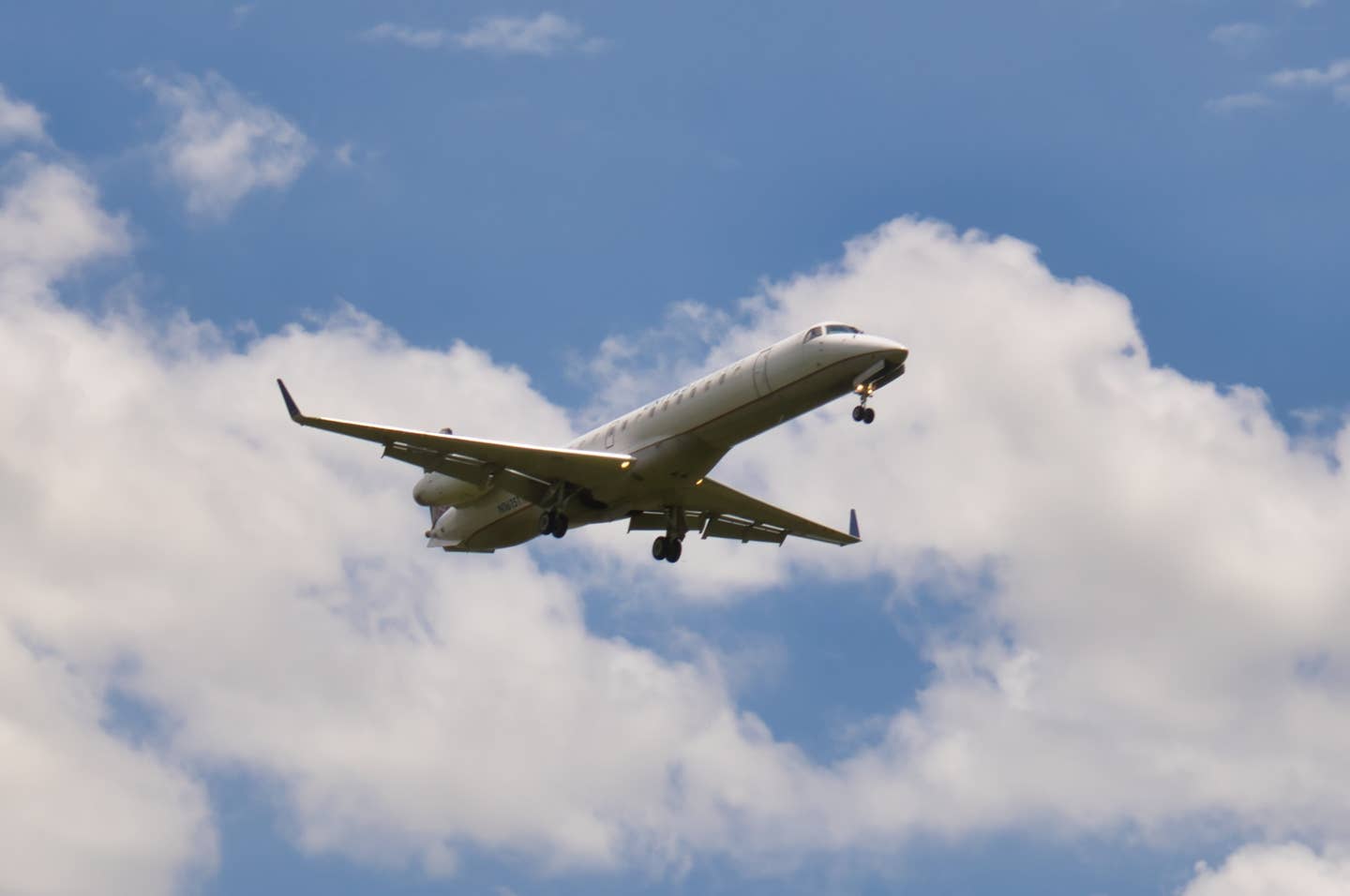Stuck at the Regionals: The Downside to Flow Agreements
There has been a common hiring dynamic at the airlines for years before the existence of ubiquitous flow agreements.

I’ve been trading texts with a good friend of mine—an airline pilot we’ll call “Scott”— regarding the flying career of his 27-year-old daughter, “Karla.” Ever since she decided to start flying in her late teens, Karla has had the goal of eventually working for Scott’s airline and would ideally like to fly a trip with him before he retires in a few years.
To this end, she attended a university with a popular collegiate aviation program that has an official relationship with said airline and whose alumni are well represented in its ranks. While in school, she took a semester to do a flight operations internship with Scott’s airline. And after instructing for a few years to build her flight time, Karla was hired at her dream airline’s wholly owned regional airline, which has a flow-through agreement in place by which its r pilots advance to the mainline carrier in seniority order, albeit at a metered rate.
By all appearances, Karla would seem to have done everything right, and in normal times I think her career moves would have made sense given her goals. But the past two years have not been normal times. Karla has been at her regional airline for 13 months now and is becoming increasingly frustrated by the perception that she’s stuck there with no way to advance. She’s still a ways from upgrading to captain and will need to be in the left seat for two years before she is eligible to flow to mainline.
Meanwhile, Scott’s airline has been hiring historically huge numbers of pilots—2,500 per year—many of whom have similar qualifications to Karla. They are not, however, hiring from her regional outside of the restrictions of the flow. By going to her dream airline’s associated regional, Karla has unwittingly put herself at a huge disadvantage. Now she is watching in frustration as the mainline ranks fill up with young, ever-senior pilots. She fears the music will stop on this hiring cycle before she has a seat.
This has been a common hiring dynamic at the airlines for years before the existence of ubiquitous flow agreements: Major airlines have long been loath to sap pilots from their associated regionals and add to their staffing woes, much preferring to poach pilots from competing carriers’ regionals. During the current pilot shortage, a common workaround has been to go from a regional airline right seat to a low-cost carrier like Spirit, JetBlue, or Frontier (all of which were reduced to hiring low-time regional first officers by mid-2021), where one becomes attractive again to mainline recruiters. Scott’s airline has hired quite a few pilots from Karla’s regional by way of Spirit or Frontier, sometimes pausing there for as little as six months. However, over the summer the job market has tightened just enough for the low-cost carriers to get pickier, and they are avoiding pilots who they think will not stick around. Karla has applied to all the low-cost carriers without success. Her college, internship, father, and current regional all betray her mercenary intent.
I can sympathize with Karla’s dilemma. I too was “stuck” at the regionals after 9/11—for a full decade as it turned out. For many pilots of my generation, it’s wryly amusing to see ambitious twenty-something pilots scramble to escape the (now well-paid) regional airlines after as little as one year of employment in the sector. But to be honest, I feel that, in a perverse way, I was almost lucky to be stuck in place when I was. Yes, I was making little money without much hope of advancement, but most everyone was in the same situation. The majors were hiring precious few, so I didn’t have to worry about missing the boat, and that helped me enjoy my time at the regionals. In comparison, today’s regional pilots like Karla have every reason to worry that they are getting left behind and growing increasingly desperate to avoid that fate. It’s a little sad to see.
I’ve advised Scott that if Karla can’t attract the eye of a low-cost carrier, she should change her focus to the other two legacy major airlines. Chances are they are all too happy to poach pilots from Karla’s regional. Even though these airlines aren’t the one Karla’s been dreaming about working for all these years, they have similar fleets and contracts, her flying opportunities and earning potential will be on par, and her seniority progression might be a little better. And once she’s on property at a mainline career, Scott’s airline might come calling after all.
For those who are applying to the regional airlines, I think Karla’s case should be considered as a cautionary tale. If your end goal is a particular major airline, think long and hard about whether you want to work for any of its associated regional airlines. Be especially wary if it has a flow-through agreement in place. Flows have a time and place—and I was hired at my major airline via a flow-through. But in this hiring cycle, they are velveteen handcuffs.

Sign-up for newsletters & special offers!
Get the latest FLYING stories & special offers delivered directly to your inbox






